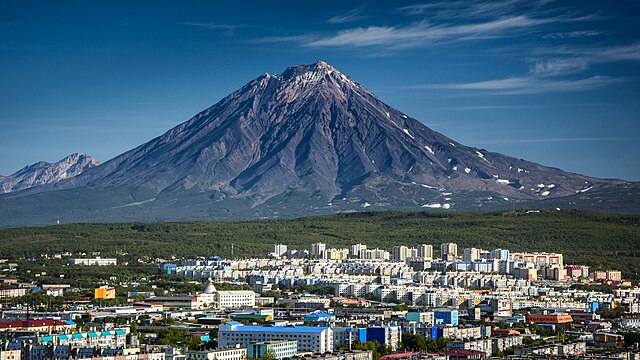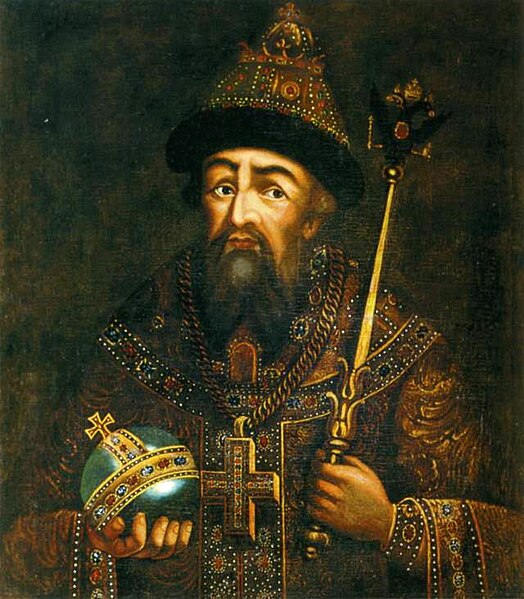North Asia or Northern Asia, also referred to as Siberia, is the northern region of Asia, which is defined in geographical terms and is coextensive with the Asian part of Russia and consists of three federal districts of Russia: Ural, Siberian, and the Far Eastern. North Asia is bordered by the Arctic Ocean to its north; by Eastern Europe to its west; by Central and East Asia to its south; and by the Pacific Ocean and North America to its east. It covers an area of 13,100,000 square kilometres (5,100,000 sq mi), or 8.8% of Earth's total land area; and is the largest subregion of Asia by area, but is also the least populated, with a population of around 37 million, accounting for merely 0.74% of Asia's population.
Kamchatka Peninsula
Putorana Plateau
Russians in Vladivostok, on Russia's Pacific Coast
Subdivisions of Asian Russia (Siberia)
Russia, or the Russian Federation, is a country spanning Eastern Europe and North Asia. It is the largest country in the world by area, extending across eleven time zones and sharing land borders with fourteen countries. It is the world's ninth-most populous country and Europe's most populous country. Russia is a highly urbanized country consisting of 16 population centers with over million inhabitants. Its capital as well as its largest city is Moscow. Saint Petersburg is Russia's second-largest city and cultural capital.
Bronze Age spread of Yamnaya Steppe pastoralist ancestry between 3300 and 1500 BC, including the Afanasievo culture of southern Siberia
Sergius of Radonezh blessing Dmitry Donskoy in Trinity Sergius Lavra, before the Battle of Kulikovo, depicted in a painting by Ernst Lissner
Ivan IV was the Grand Prince of Moscow from 1533 to 1547, then Tsar of Russia until his death in 1584.
Battle of Vyazma by Peter von Hess








